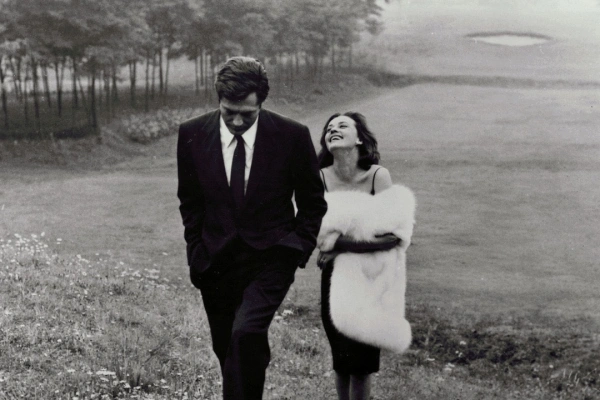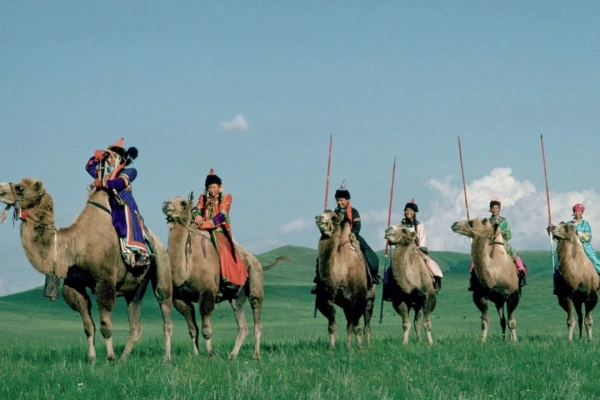Purportedly the first-ever documentary made (or more accurately, staged) in the history of the medium, Flaherty’s eye-opening and intimate look at an Inuit family living in a harsh and cold environment poses age-old questions of authenticity and truth.

Review #2,442
Dir. Robert Flaherty
1922 | USA | Documentary | 79 mins | 1.33:1 | Silent – English
Not rated – likely to be PG13 for some general nudity and disturbing scenes
Cast: –
Plot: In this silent predecessor to the modern documentary, filmmaker Robert J. Flaherty spends one year following the lives of Nanook and his family, Inuits living in the Arctic Circle.
Awards: –
Distributor: –
Accessibility Index
Subject Matter: Moderate – Inuits; Man vs. Nature
Narrative Style: Straightforward
Pace: Slightly Slow
Audience Type: Slightly Arthouse
Viewed: MUBI
Spoilers: No
Often regarded as the ‘grandfather’ of documentary film, Nanook of the North is essential viewing if you are into exploring the age-old questions of authenticity and truth in documentary filmmaking, which it poses abundantly with every frame, though certainly not by intention or design.
A still photographer with a keen interest in ethnography, Robert Flaherty documented the Inuits whose lives in the wild had intrigued him. After losing footage in a fire and not being satisfied with what could be salvaged, Flaherty became determined to conceive a newer film about an Inuit family.
This is where problems of authenticity and truth lie—what eventually became Nanook of the North was staged for the camera, no different from, say, a fictional silent film.
“The most desired of all meat is that of the seal. It affords the maximum of warmth and sustenance.”
Yet, its ethnographic approach and scenes shot for real in the harsh and cold environment of Northern Quebec as a few Inuits go about their daily lives suggest a strong fidelity to life.
Cue scenes of Nanook hunting seals or building an igloo—sure these might not have materialised if a camera wasn’t there in the first place, but still, the idea is that regardless of whether a camera was there or not, at some point, Nanook would have needed to hunt and build a shelter for survival.
Without Flaherty’s film, we would have been poorer in our visual conception of how the Inuits in the early part of the 20th century lived. As such, we should be asking this question instead: what if Nanook of the North didn’t exist in the first place?
Grade: B+
Trailer:











